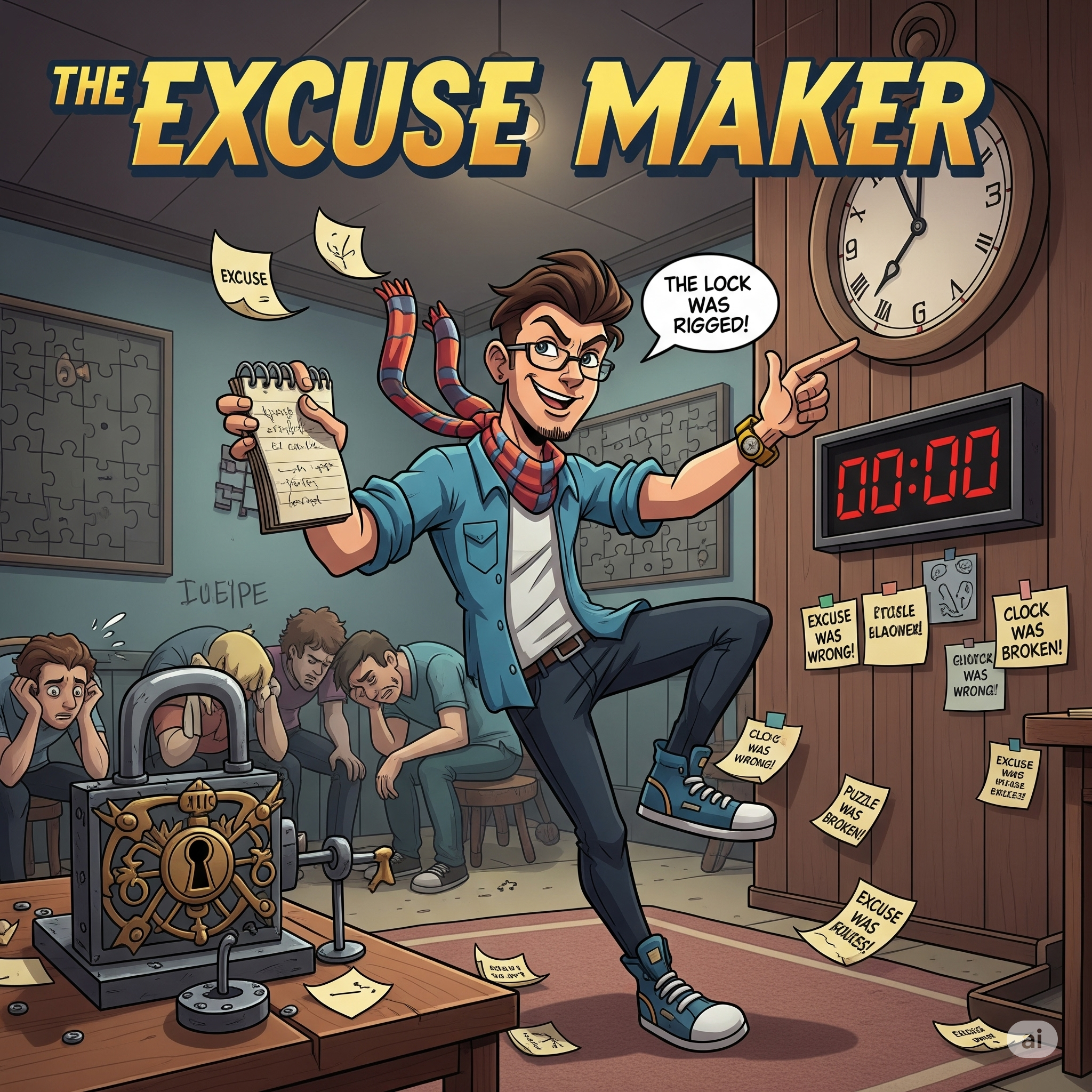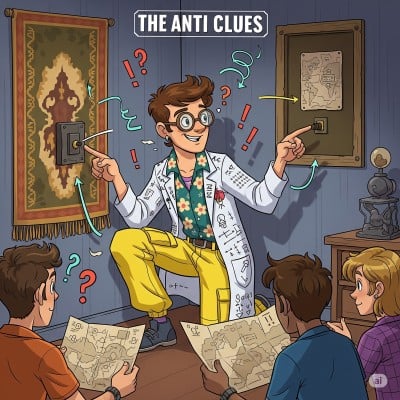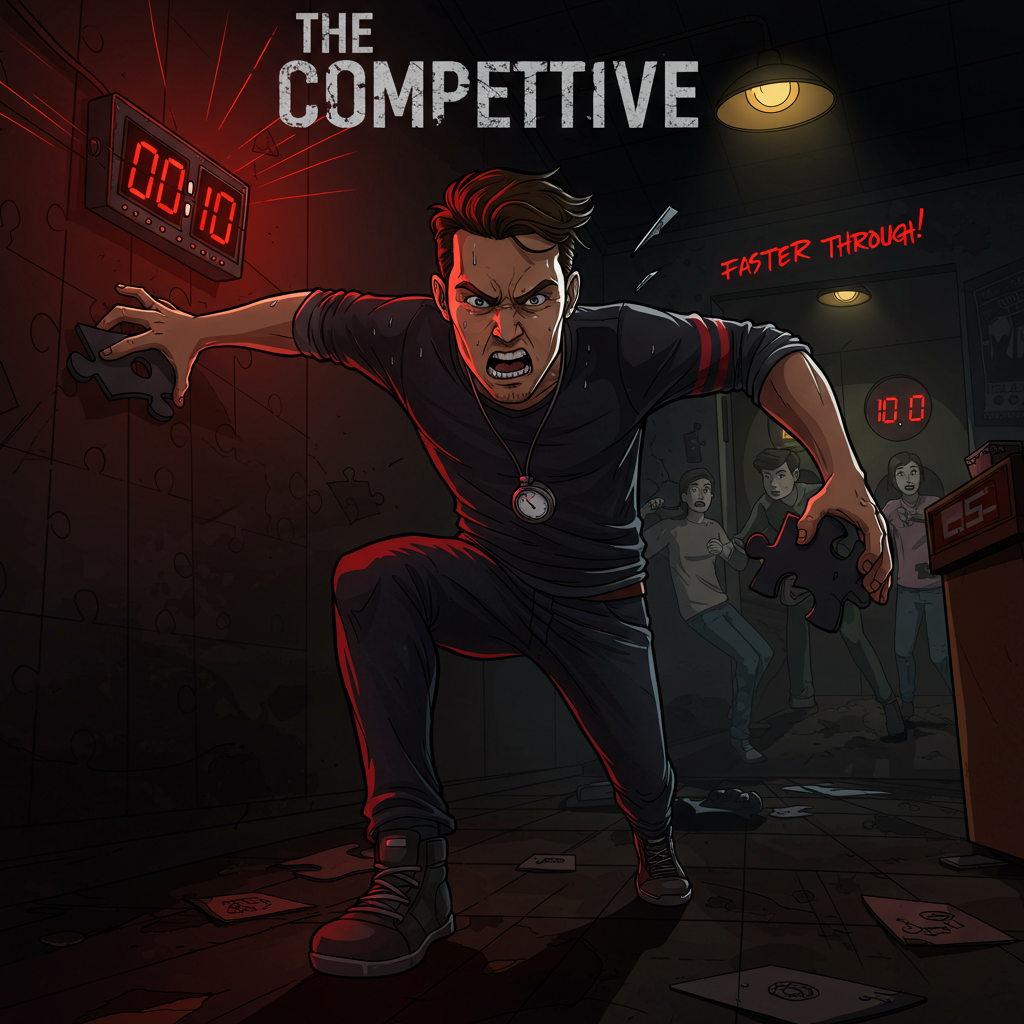Every escape room is a delicate balance between strategy and action, patience and urgency ⚖ ️. While some players thrive on careful analysis, deliberate planning, and structured organization, others shine by leaning into instinct, courage, and bold experimentation 💡 🔥. Among the many personas that make an escape room team complete, few are as dynamic and energizing as the Leaper.
🎛 ️ The Leaper embodies fearless initiative. They are the teammate who acts when others hesitate, who tries an idea before overthinking it, and who injects momentum into the game when the group risks stalling 🔄. In an environment where the clock is always ticking and uncertainty hangs over every puzzle, this decisiveness can be the spark that keeps a team moving forward. Without the Leaper, teams may lose precious time to endless debate or second-guessing. With them, progress happens even if it’s not always in a straight line 🔘.
At the heart of the Leaper’s role is their willingness to experiment. Escape rooms are designed to challenge assumptions and push players out of their comfort zones ❌. Not every clue will make sense right away, and not every puzzle comes with clear instructions. The Leaper thrives in this ambiguity. When faced with a mysterious object or an unfamiliar mechanism, they’re often the first to say, “Let’s just try it and see what happens.” 🏆 That instinct to test, to push buttons, to twist dials, and to attempt the unusual is often what unlocks hidden paths others might miss ⚠ ️.
Leapers also play a critical psychological role within the team. Their boldness boosts morale, especially in tense moments when doubt begins to creep in. It’s easy for a group to become paralyzed by fear of failure, afraid that every wrong move will waste time 💥. The Leaper counters this by demonstrating that action even imperfect action leads to progress. Their courage inspires others to follow suit, reminding the team that escape rooms reward momentum as much as precision 😵.
Of course, the Leaper’s greatest strength can also be their greatest challenge 💪. Acting too quickly, without consulting teammates, risks overlooking important details or triggering unnecessary mistakes 🛡 ️. A Leaper who pulls a lever without reading the associated clue might cause confusion rather than clarity. This is why successful Leapers learn to temper their decisiveness with teamwork. The most effective Leapers channel their boldness into constructive action, ensuring that their leaps are not reckless jumps into the unknown but carefully timed pushes that keep the group moving 🎯.
The Leaper persona also reminds us that escape rooms are not about perfection they are about adventure 😰. A flawless, error-free run may be satisfying, but the most memorable escapes are those where risks were taken, bold ideas were tested, and the team came together to recover from mistakes 🕵 ️. The Leaper embodies this spirit of playfulness and daring. They understand that every wrong attempt brings the team closer to the right solution, and they embrace the trial-and-error process with enthusiasm rather than fear 🌍.



























